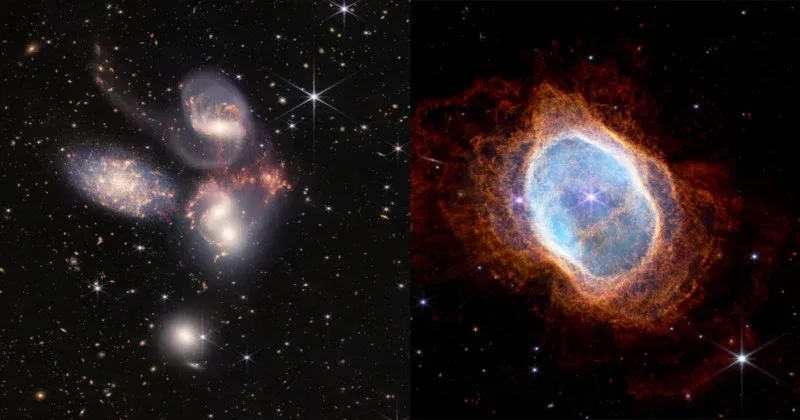
10.6 billion dollars was the cost to build the James Webb Telescope.
9.7 billion dollars came from the US government.
810 million came from the European Space Agency.
160 million came from Canada.
Comparing that, the Apollo Mission cost 25.8 billion dollars in 1960s money or 257 billion dollars today.
James Webb since the project started in 1996 has had some criticism calling it a waste of money and largely due to budget issues, it was delayed 14 years, launching in 2021, where the original plan was 2007.
Seeing a lot of people online say the US spent 9.7 billion on pictures of space and calling it a waste of money, I think it’s important to offer some defense of space research in the past and this project as a whole.
First up, the past with NASA and expenses there.
NASA was founded in 1958 and the initial budget was 89 million dollars/836 million today or .1% of the federal budget.
JFK called to increase the spending massively and the biggest year for NASA as part of the federal budget was 1996, where it hit 4.4% of the budget, which was 5.9 billion dollars or 49 billion today.
Comparing that, NASA is now .48% of the budget, with a yearly cost of 22 billion.
Showing after inflation, NASA spending has dropped over 50% and as a part of the budget, it has declined about 85%.
If NASA held with 1960s levels, the spending should be more or less, 147 billion dollars today.
That hasn’t held and where some thought NASA was a vanity expense for the US, it simply wasn’t.
Just to name a handful, here are some commonly used inventions that actually came from Apollo.
- Fire proof clothes
- Vacuum sealed foods
- Shock absorbing sneakers
- Bridge shock absorbers
- Thermal blankets
And by far the biggest, computers, where everything from early computer programming languages to microchips were a product of NASA and Apollo.
There’s a term some might not like, but I believe it exists called Trickle Down Technology, where there’s an insanely big technological goal and it gets solved with technology that can help the masses.
That was Apollo and here’s James Webb.
First up, wave front sensing and control.
This is technology used to sense any issues in telescope optics and correct that instantly, to see images without disturbances.
This seems strange, but that tech is actually now used to diagnose eye conditions for people and create maps of human eyes.
Second, sun shield coatings.
To build the telescope, they had a challenge of keeping it cold to detect heat from certain areas and not cause a disturbance.
The tech to do that is believed to have longer term applications for computers, machines and cameras, where it can prevent overheating on tons of devices.
And that’s two applications now, but there were other things developed, which while now not in commercial use, likely will find away to help eventually.
Also, the final and most important thing for space spending, it gets people to go into advanced sciences.
$126,000 is the average salary at Silicon Valley.
$93,000 is the average salary at NASA.
There’s a generation of people who are extremely good at math and science, who see the strongest career option being a job at Facebook, Google or another company that while doing good, won’t push them as much as NASA.
The more people hired for NASA and better salaries, the more likely a generation of engineers will exist trained for more complex problems.
Anyway, final thoughts.
The government wastes money constantly.
Investing in space and healthcare science is one of the few things it does right, so I’d really enjoy seeing the spending to for science start to look at 5% of the budget again.
Even just on a national unity front, it’s worth the investment.
Yesterday, the release of the James Webb photos was one of the most positive things I’ve seen on social media in years, where it felt like everyone came together and looked forward to something for a change.
The moon landing did that in 1969 and I think be it Apollo or James Webb, we need more of these moments of optimism for tomorrow.